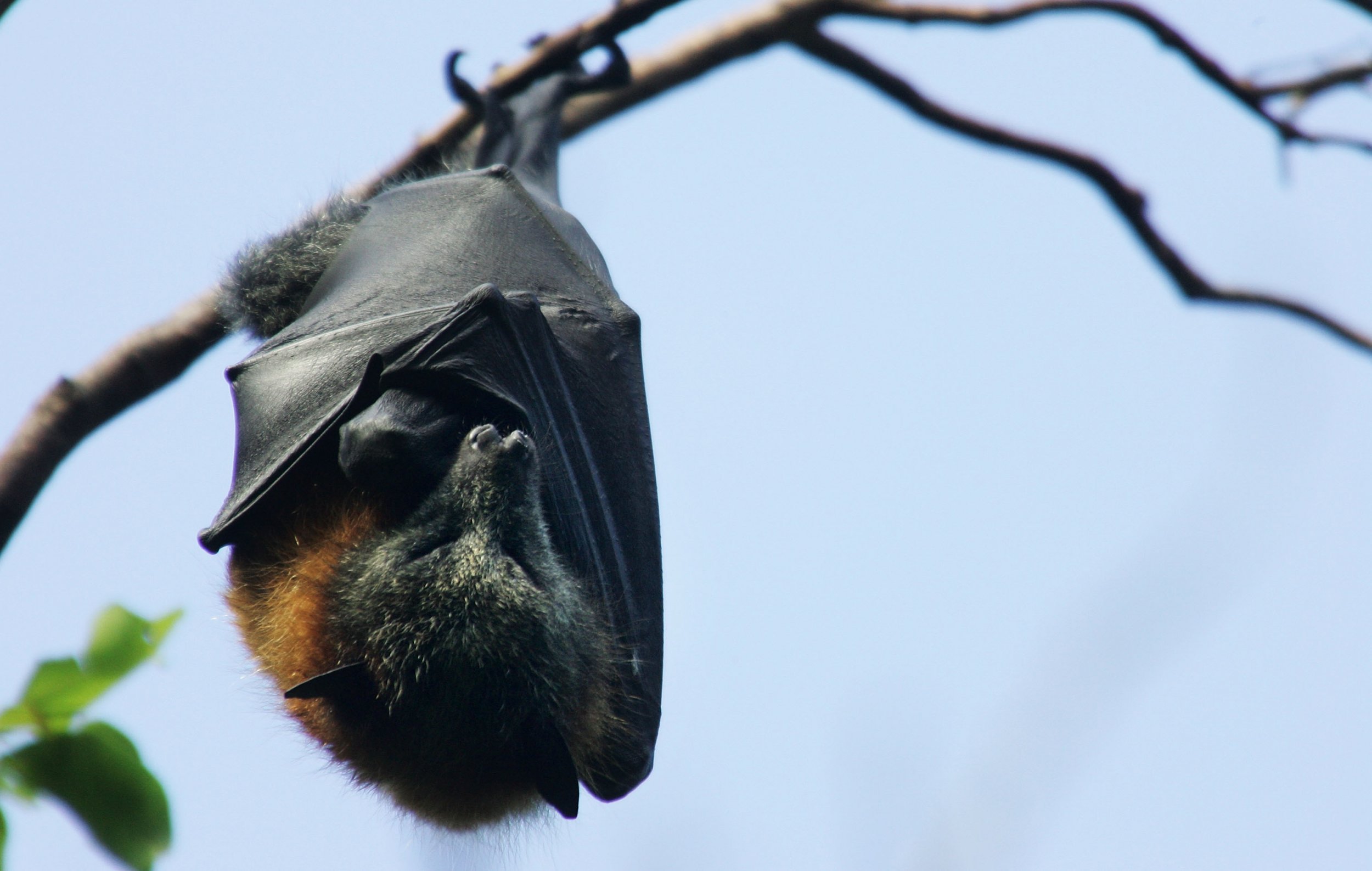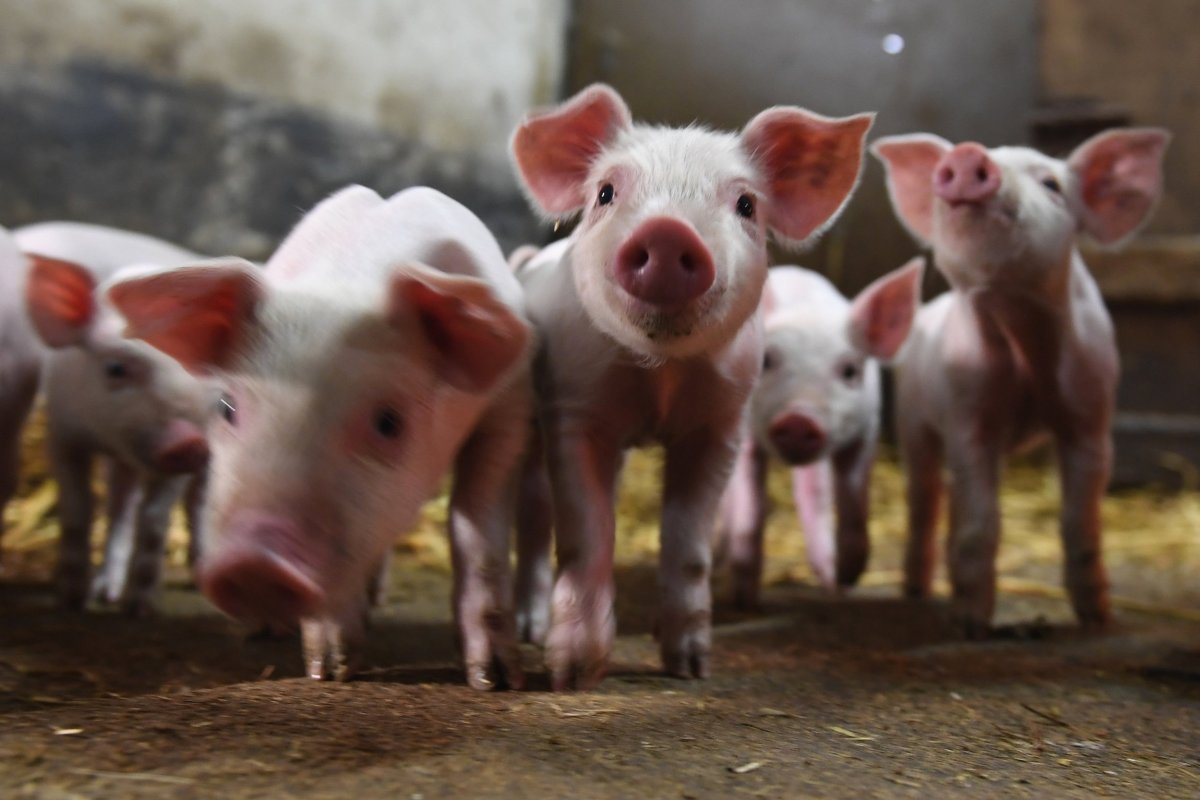
Updated | Hundreds of baby bats died over the weekend in a city outside of Sydney, Australia, as temperatures soared to over 104 degrees Fahrenheit in a bout of extreme heat. The brains of the flying fox species essentially "fry," according to a volunteer for New South Wales Wildlife Information, Rescue and Education Service (WIRES). Hot temperatures, which have been steadily rising worldwide, can have devastating effects on the human body. But how animals handle heat varies—some are more sensitive to heat, while others are adapted for the most extreme environments.
Farm animals react to extreme heat similar to humans. From cattle and chickens to goats and pigs, various animals have different neutral zones, according to RSPCA Australia. British breeds of beef cattle, for instance, are most comfortable in temperatures between 59 and 77 degrees Fahrenheit. Tropical breeds of beef cattle are more particular with neutral temperatures ranging from 60 to 63 degrees. Dairy cattle like temperatures to be a bit cooler, as do chickens and hens. In extreme heat conditions, like those in Australia over the weekend, heat stress could result in panting, increased respiration rate, increased drinking, loss of appetite and lethargy.

Various farm species are affected differently. Pigs, for instance, are more susceptible to sunburn, according to the Australian state Victoria's agriculture department. Sheep that have recently had their coats shorn are also at risk of sunburn. Dairy cattle are affected by extreme heat depending on how much milk they produce—as lactating cattle have extra heat in their bodies produced during lactation.
Some wild animals are adapted to the extreme heat environments. Wild ass, also known as dibokali, roam through northern Ethiopia where the average temperature is 93 degrees Fahrenheit, reported National Geographic. Temperatures can reach a steamy 120 degrees in the summers, hotter than it was in Australia last weekend.
The Ethiopian dibokali and the Australian flying foxes are no match for Iran's sand foxes. The sand foxes roam through the Lut desert, per National Geographic, which reached the hottest temperature ever recorded on Earth in 2005 at 159 degrees Fahrenheit. This fox conserves water by getting water from the prey they eat, hunting at night and having concentrated urine that doesn't remove as much water from their bodies.
In Queensland, further north of Sydney in Australia, temperatures have reached 157 degrees. Here the greater bilby can survive heat by burrowing underground.
The African wild dog could once handle extreme heat, but temperatures are often so high that the dogs struggle to hunt enough food for their pups, reported The Guardian. The animals once hunted during hours that were cooler, but the number of hours cool enough for them to hunt are dwindling.
How animals react to extreme heat largely depends on whether they are cold-blooded or warm-blooded—the technical words being ectotherm and endotherm. Most birds and mammals, including humans, have the ability to regulate their body temperature because they are warm-blooded. Even when it gets hot, animals sweat or pant to cool themselves down. When it's cold, shivering is partly what helps naturally keep humans warm. Cold-blooded animals cannot regulate their own temperature. Instead, their temperature is largely dependent on their surroundings—which is why you'll see reptiles such as turtles laying in the sun to warm up.
Bats, though they are mammals, aren't warm-blooded and don't regulate their temperature through their own blood. Instead, they enter an energy-saving state called a "daily torpor" to keep their temperatures down, reported BBC. Using this mechanism, a bat can lower its temperature by nearly 30 degrees between day and night.
That cooling mechanism wasn't enough for the flying fox species in Australia. A WIRES volunteer Cate Ryan, told the Camden Advertiser that the animals "basically boil." Ryan, whose role is koala and macropod coordinator but also works with flying foxes at the Campbelltown bat colony, said their brains essentially "fry." Boiling bat brains, however, should not be taken literally.
"The simple facts are that in extreme summer temperature conditions flying foxes cannot always regulate their body temperature and will die of heat stress often in large numbers," John Grant, the media officer for WIRES, told Newsweek by email. "Females with pups are particularly susceptible, although their surviving pups can often be rescued and are raised by WIRES volunteers."
The hundreds that died couldn't handle the heat nor find enough shaded areas to keep them cool, according to the Facebook page of Help Save the Wildlife and Bushlands in Campbelltown on Sunday. "It was a long and heartbreaking afternoon," as hundreds of bats, mostly pups, were found dead, according to the Facebook post.
This article has been updated with additional information on what happens to bats in extreme heat and a clarification on the WIRES volunteer, Cate Ryan. Her name is Cate Ryan, not Kate Ryan. She is a WIRES volunteer whose role is the koala and macropod coordinator, not a colony manager.
Uncommon Knowledge
Newsweek is committed to challenging conventional wisdom and finding connections in the search for common ground.
Newsweek is committed to challenging conventional wisdom and finding connections in the search for common ground.
About the writer
Sydney Pereira is a science writer, focusing on the environment and climate. You can reach her at s.pereira@newsweekgroup.com.
To read how Newsweek uses AI as a newsroom tool, Click here.








